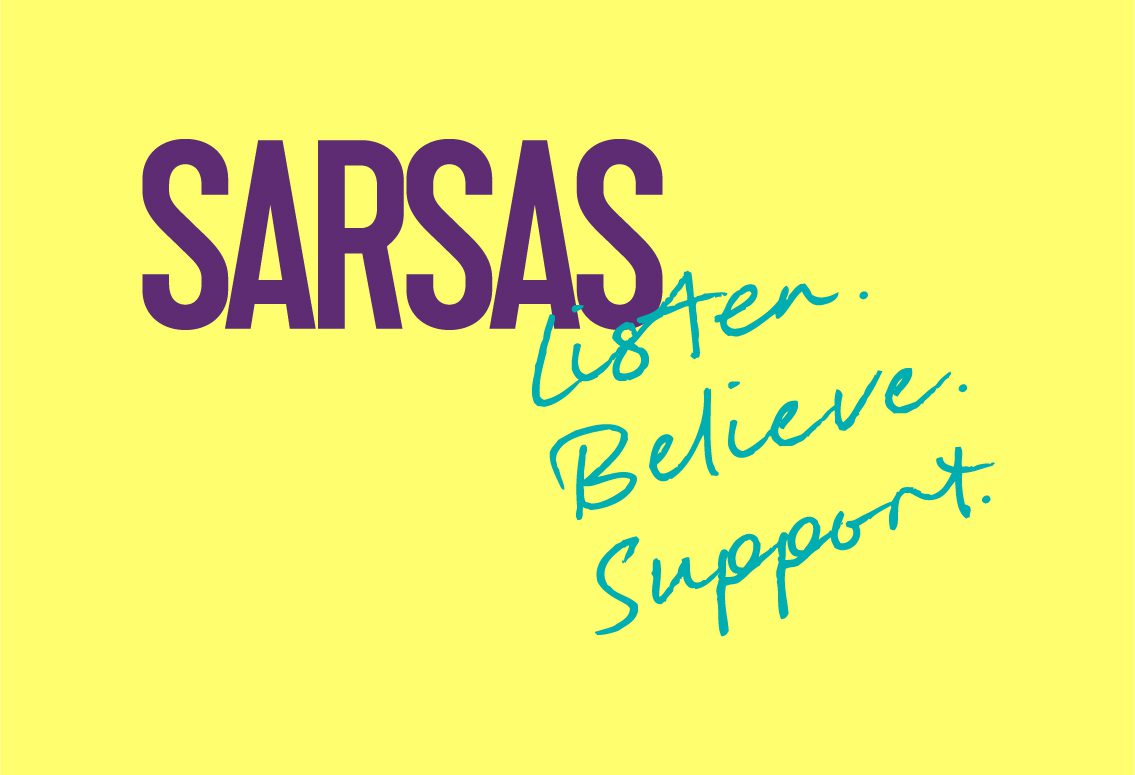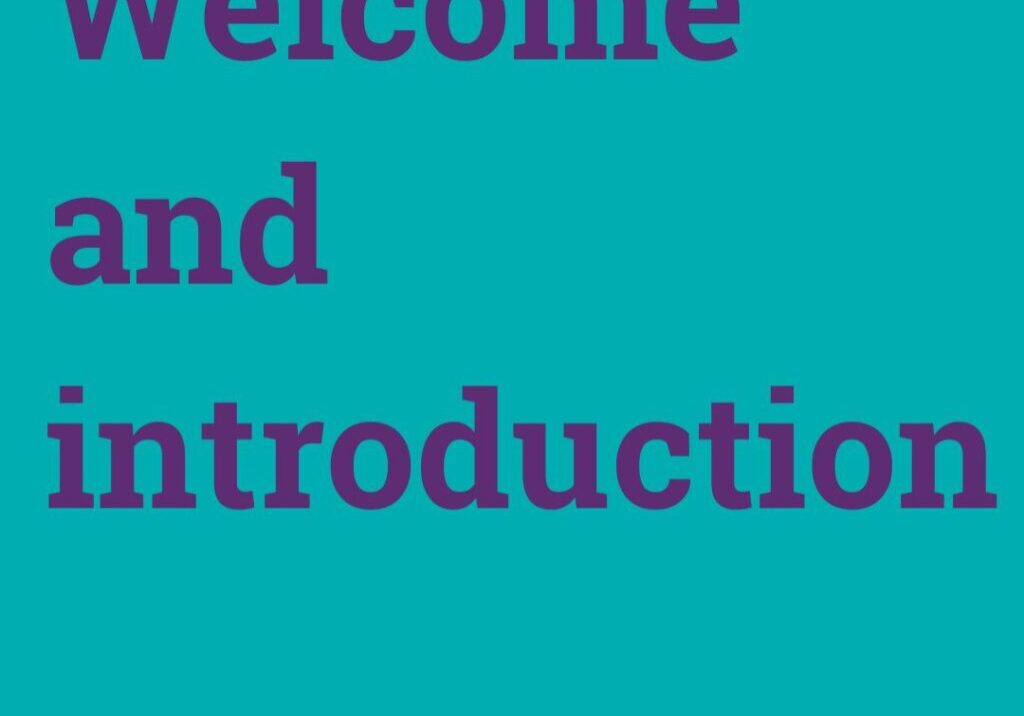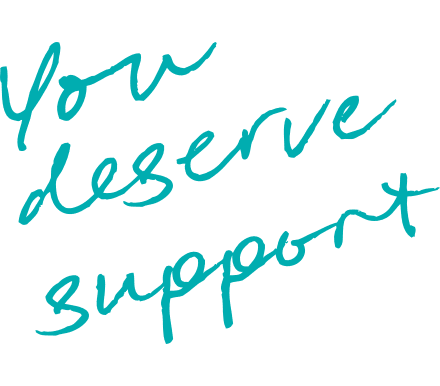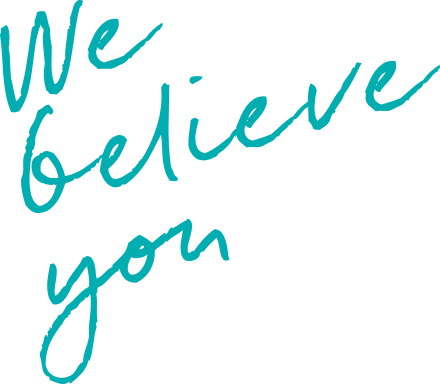
Learning disabilities and autism toolkit
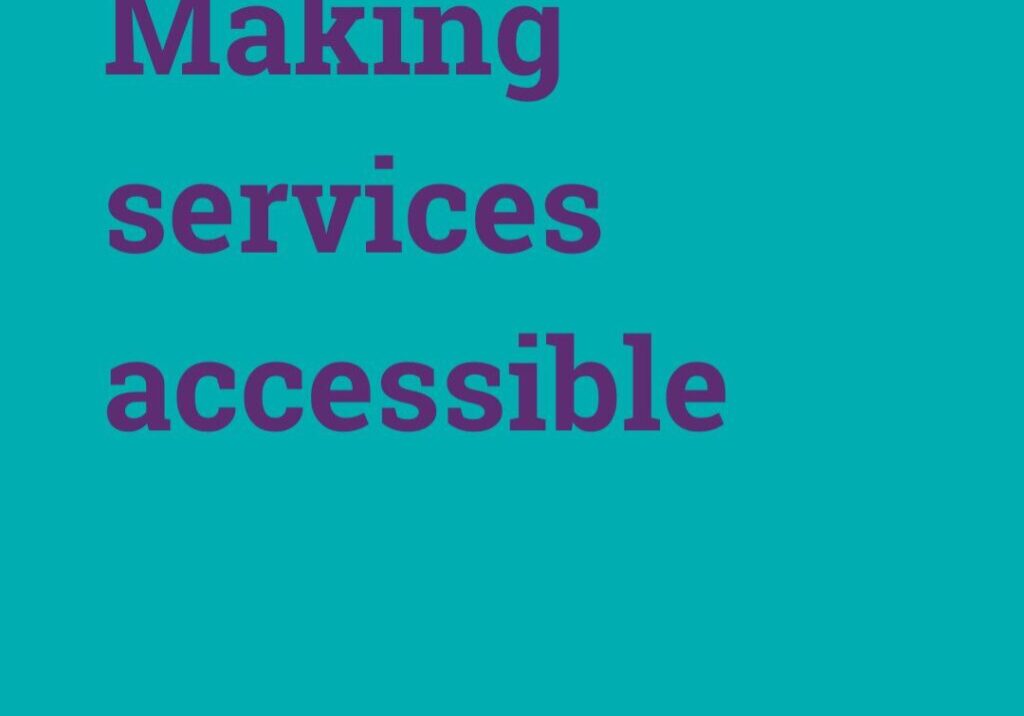
Making services accessible
Based on SARSAS’ learning, feedback from the people we support and the views of our lived experience advisory group, we have put together hints and tips for working with autistic people and people with learning disabilities.
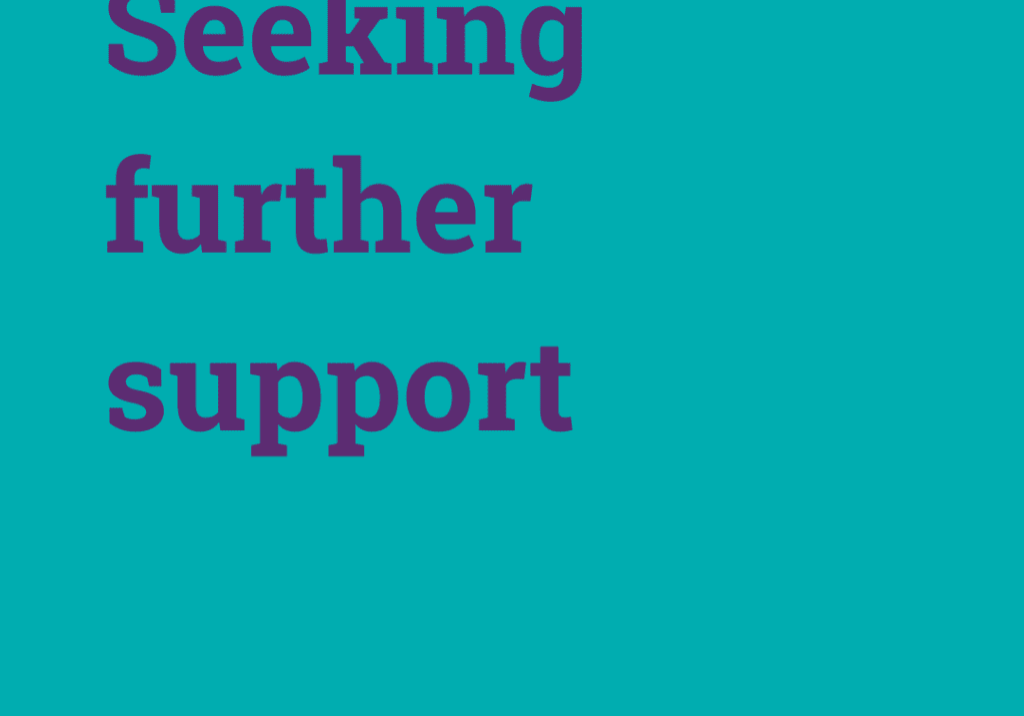
Seeking further support – healing and recovery
When seeking further support or signposting, its important to remember that different things work for different people. Always try to offer the person you are working with options on what might suit them best.
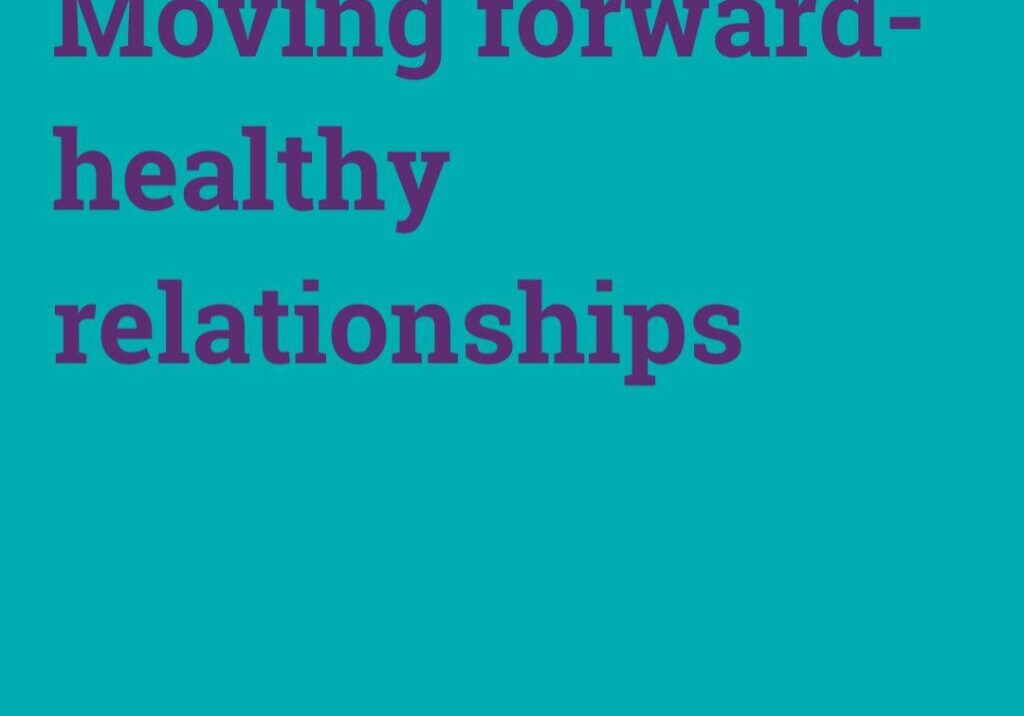
Healthy relationships
Everyone has the right to relationships. It’s important to know how to support the people you work with to have safe and healthy relationships.
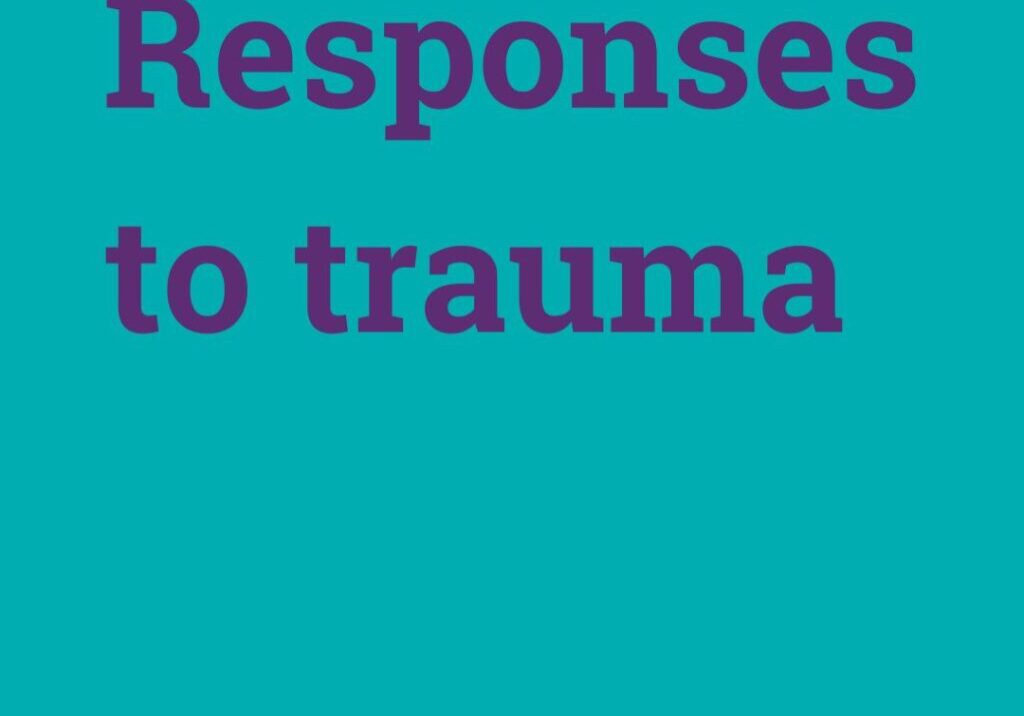
Responses to trauma
An experience of trauma can have a profound impact on the brain producing a number of different responses. Everyone’s experience is unique, but there are some common responses shared by many victim-survivors.
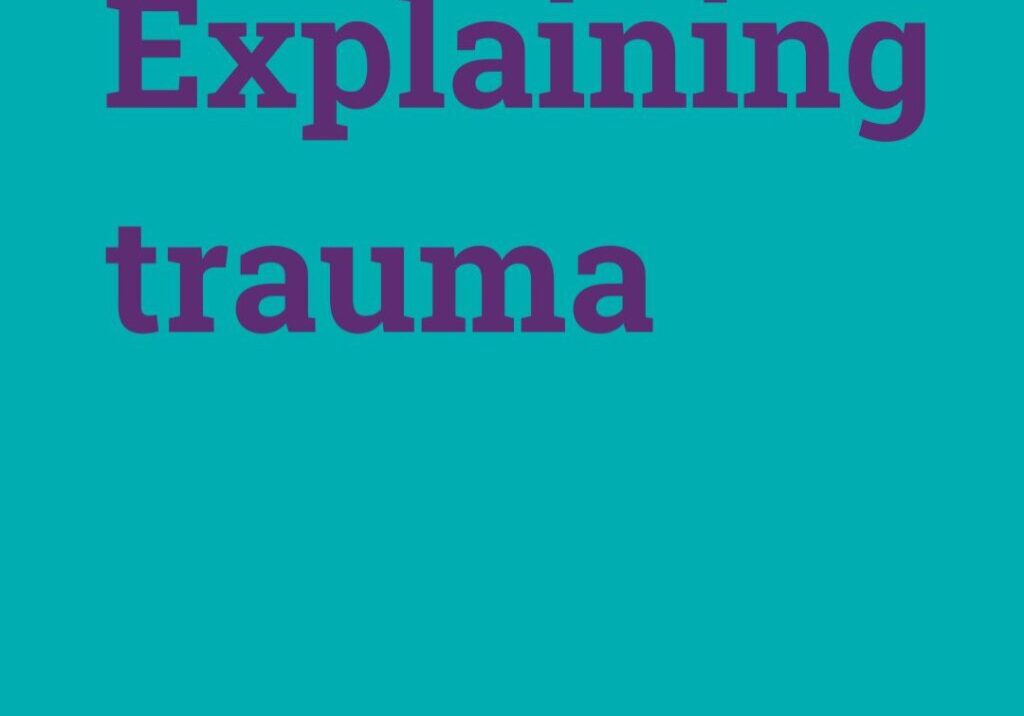
Explaining trauma
Trauma is a lasting emotional response that can occur following a frightening or harmful experience. Experiencing a traumatic event can cause strong physical, emotional and behavioural reactions. This can include depression, low self-esteem, self-blame and guilt
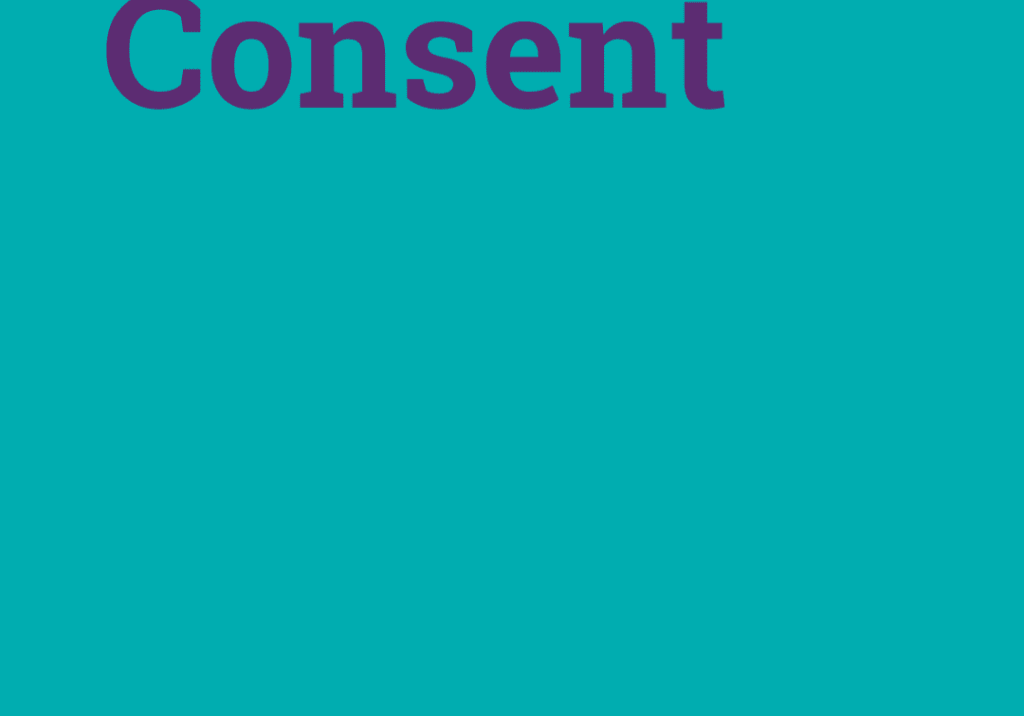
Consent – what it is and how to talk about it
Consent means that all people involved in any kind of sexual activity agree to take part by choice. They also need to have the freedom and capacity to make that choice. Those who support or work with people with learning disabilities and autistic people often have concerns around consent and the mental capacity act.
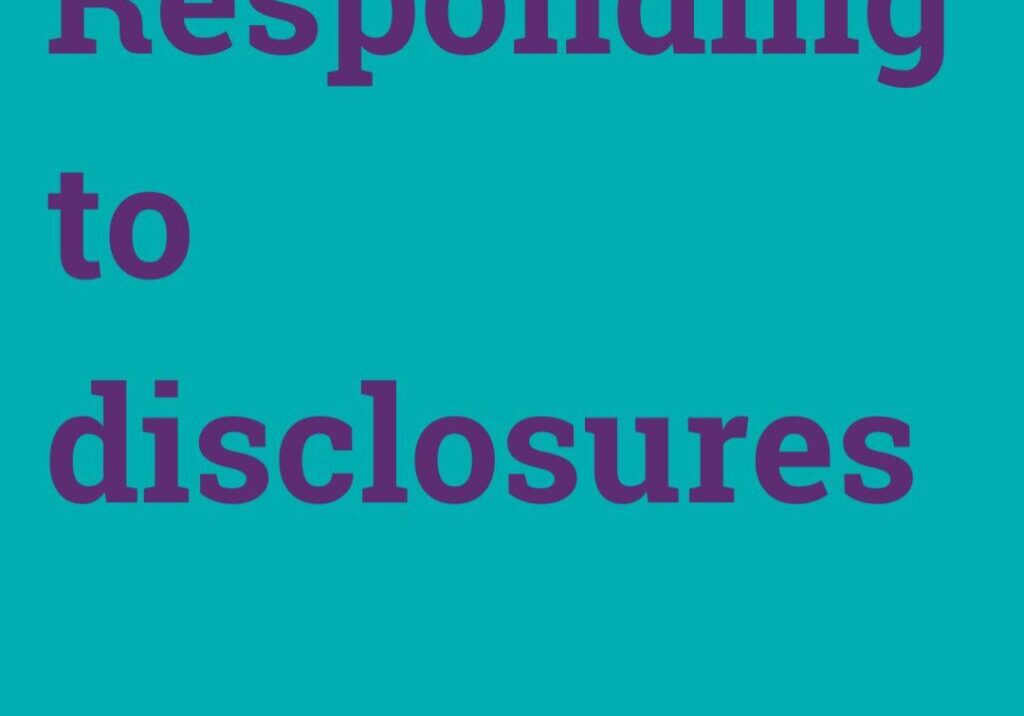
Responding to disclosures
Rape and sexual violence are traumatic events that can have profound psychological, physical, and emotional impacts.
Autistic people and people with learning disabilities may have additional barriers that prevent them from being able to talk about what has happened to them.
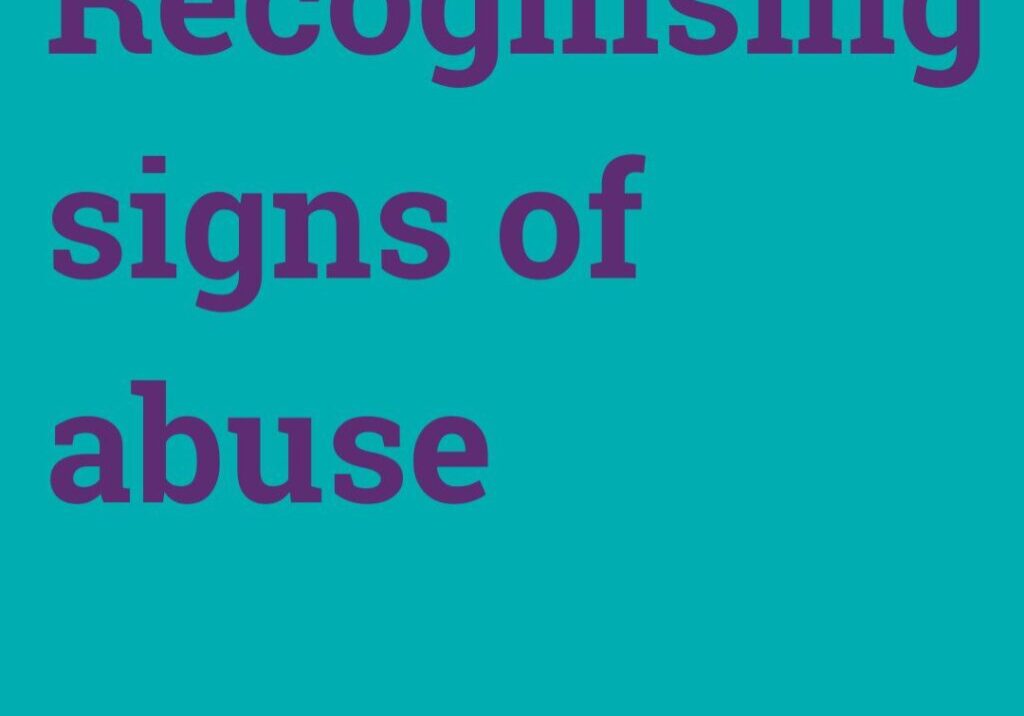
Recognising signs of abuse
There are many reasons why someone might find it difficult to talk about an experience of sexual assault or abuse so it’s important to recognise some of the signs that someone may have been affected by sexual violence.
